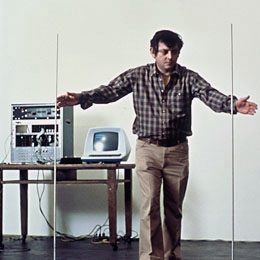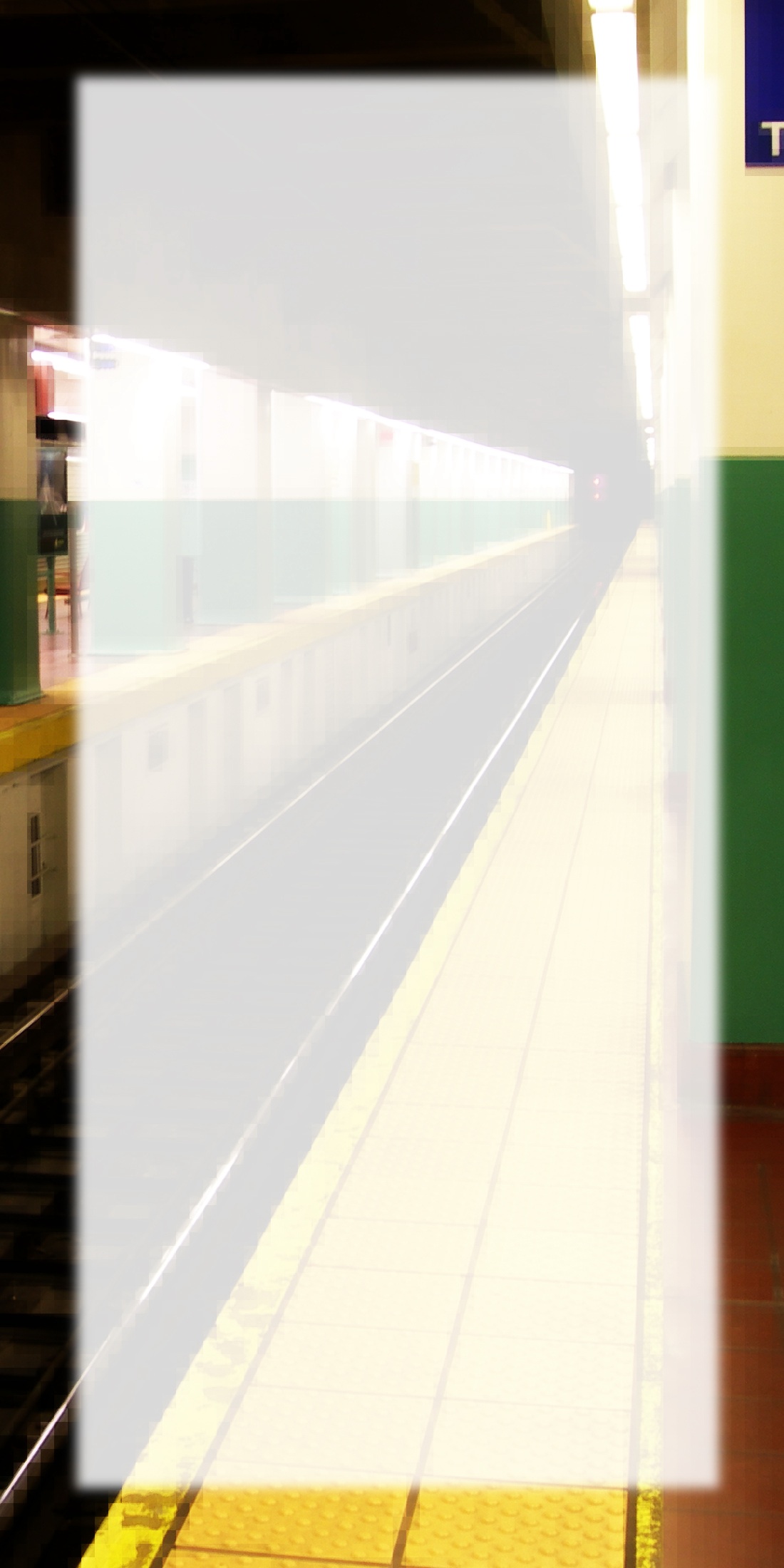"Electronic Music: Unsung Revolutions of the 20th Century" by Joel Chadabe
Images Courtesy of Joel Chadabe and the Electronic Music Foundation. To view current exhibits at the Electronic Music Foundation Institute in a separate browser window - Click Here (You must have pop-ups allowed for the second browser to open).
The idea of electricity was in the air around the beginning of the 20th century, but the actuality of electricity was not yet in many homes. Nor was there much indication of the cars and telephones yet to come. There were few electric lights, horses dominated the streets, telegraph dominated communications. And Thaddeus Cahill, lawyer, inventor, musical visionary, wrote and received a patent called 'Art of and Apparatus for Generating and Distributing Music Electronically'. In a foreshadowing of musak, Cahill planned to build a synthesizer and broadcast its sounds to restaurants, hotels, and homes via telephone lines.
Built in Holyoke, Massachusetts, eventually known as the Telharmonium, Cahill's synthesizer looked something like a large multi-keyboard organ. In 1906, it was moved to Telharmonic Hall at Broadway and 39th Street in New York City, the better to attract subscribers to its music, attract investors to its financial potential, and attract a general public interest. It was a brilliant startup, with vision and no lack of entrepreneurial energy. But it was too far ahead of its time. Technical problems led ultimately to failure. Cahill's company declared bankruptcy in 1914.
Cahill's was the first and most visionary of the many electronic instruments invented during the first half of the 20th century. The most unusual was the theremin, invented in Moscow in 1920 by Leon Theremin who performed it by waving his hands near two antennas, one for pitch, the other for loudness. The Ondes Martenot (France, 1928) and the Trautonium (Germany, 1928) were well-known keyboard instruments. The Hammond Organ (US, 1937) was by far the most commercially successful. And Hugh Le Caine's Electronic Sackbut (Canada, 1948) pointed towards the synthesizers of the future. Yet all of these instruments were more or less traditional, extending the familiarity of the keyboard instruments of the past into a new technology. Even the theremin, with its novel antennas, was a little, well, sort of like a violin, and its first virtuoso, Clara Rockmore, was indeed a violinist. These instruments did not constitute a musical revolution.
The musical revolution had begun in 1937, when John Cage said: "I believe that the use of noise to make music will continue and increase until we reach a music produced through the aid of electrical instruments which will make available for musical purposes any and all sounds that can be heard ..." Cage illustrated his point in his music. His Imaginary Landscape #1 (1939) used variable-speed turntables. In other compositions he used radios, phonograph records, and other sources for found sounds.
What was the nature of the music revolution? In fact, there were two musical revolutions. The first one was what I call "the great opening up of music to all sounds." Although it had its foreshadowings in Luigi Russolo's The Art of Noises in 1913 and in the works of several composers and artists through the first decades of the century, Cage was the first to announce it in clear words and take the first important creative steps. Pierre Schaeffer, radio engineer and announcer for the French national radio in Paris, followed, but with his own ideas. In April 1948, he took a radio truck out to a railroad switching yard at Batignolles, recorded locomotives, and created a montage of the sounds, calling it Etude aux Chemins de Fer (Railroad Study). He then composed four other studies made with found sounds, all of which, with the Railroad Study, were broadcast in October 1948 as a Concert of Noises. He called his approach "musique concrète" to indicate a method of working concretely with sound (as against working abstractly with symbols as in a musical score).
Cage and Schaeffer opened the door to the use of all sounds in music, and legions of composers, among them Karlheinz Stockausen, Iannis Xenakis, Luc Ferrari, and many many others, walked through. By 1950, tape recorders had become available, and throughout the 1950s and 1960s, tape-based studios were formed and flourished everywhere in the world. Not only could any sound be brought into a studio, the tape could be edited and sounds could be used as the basis of compositions. New methods of performance were invented and a new generation of composers entered the field, among them, in the United States, David Tudor, Gordon Mumma, Morton Subotnick, Pauline Oliveros, Alvin Lucier, and Robert Ashley. A new and complete world of sound had become available to music. Composers had to explore it.

Joel Chadabe Solo 1979
